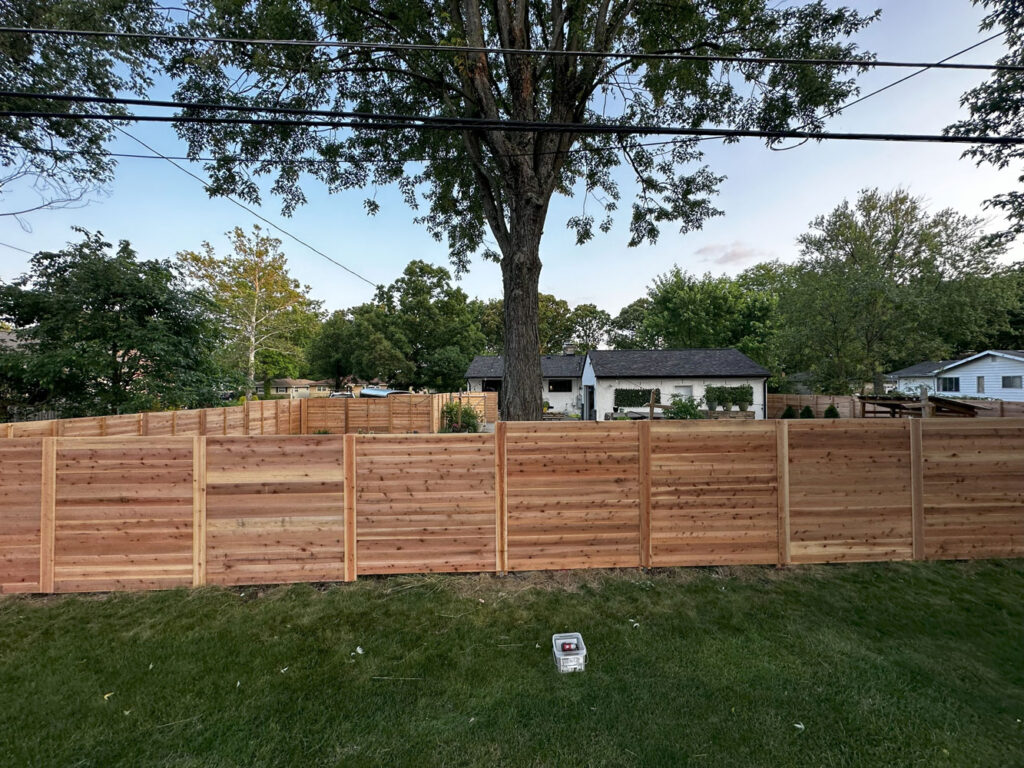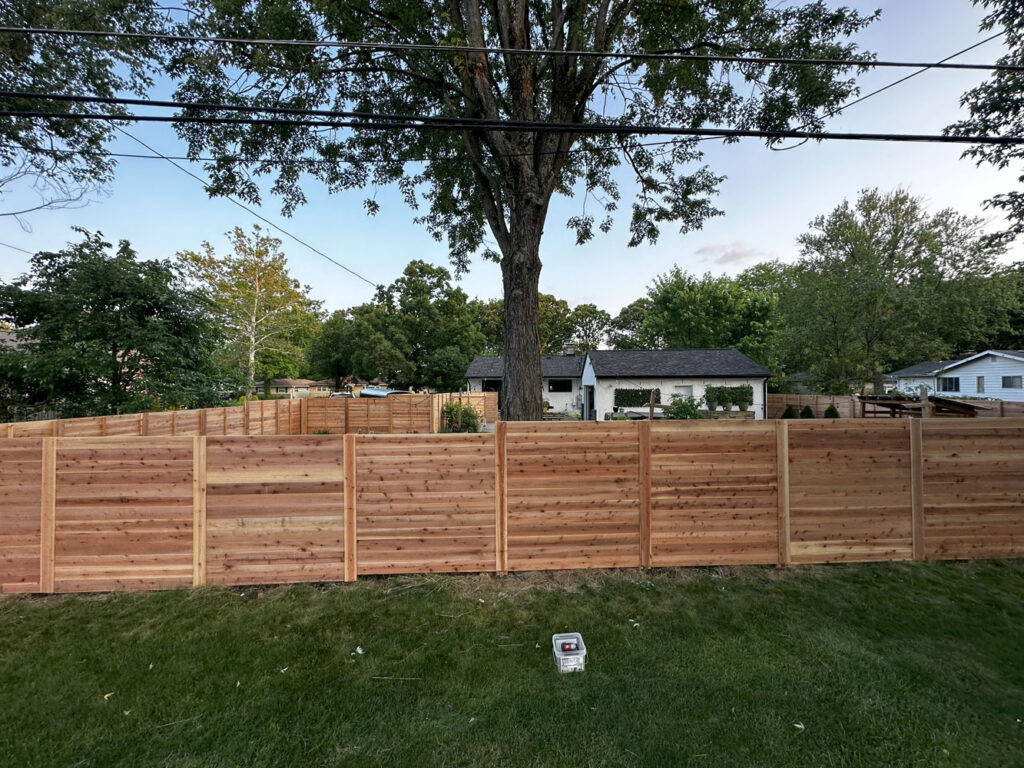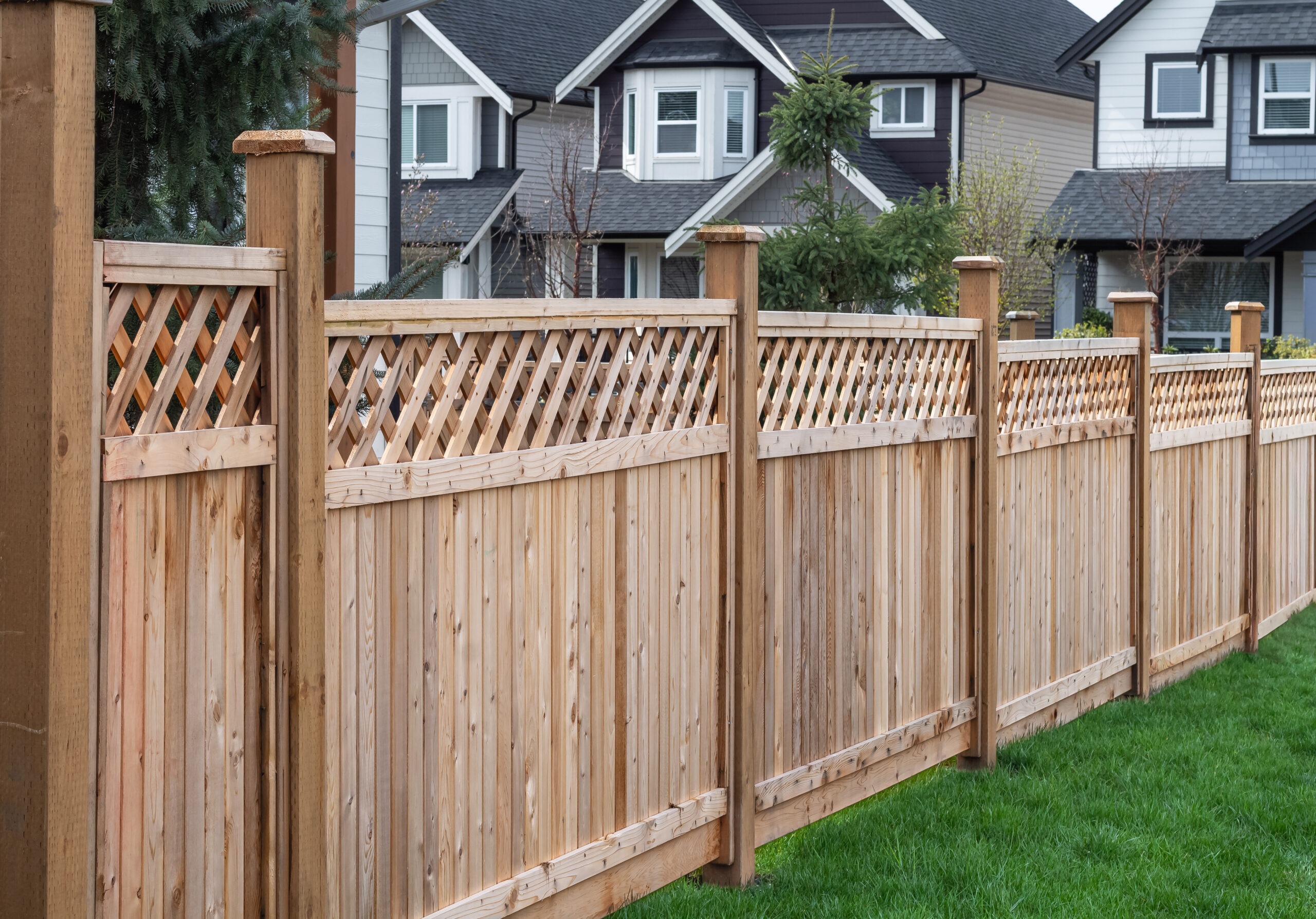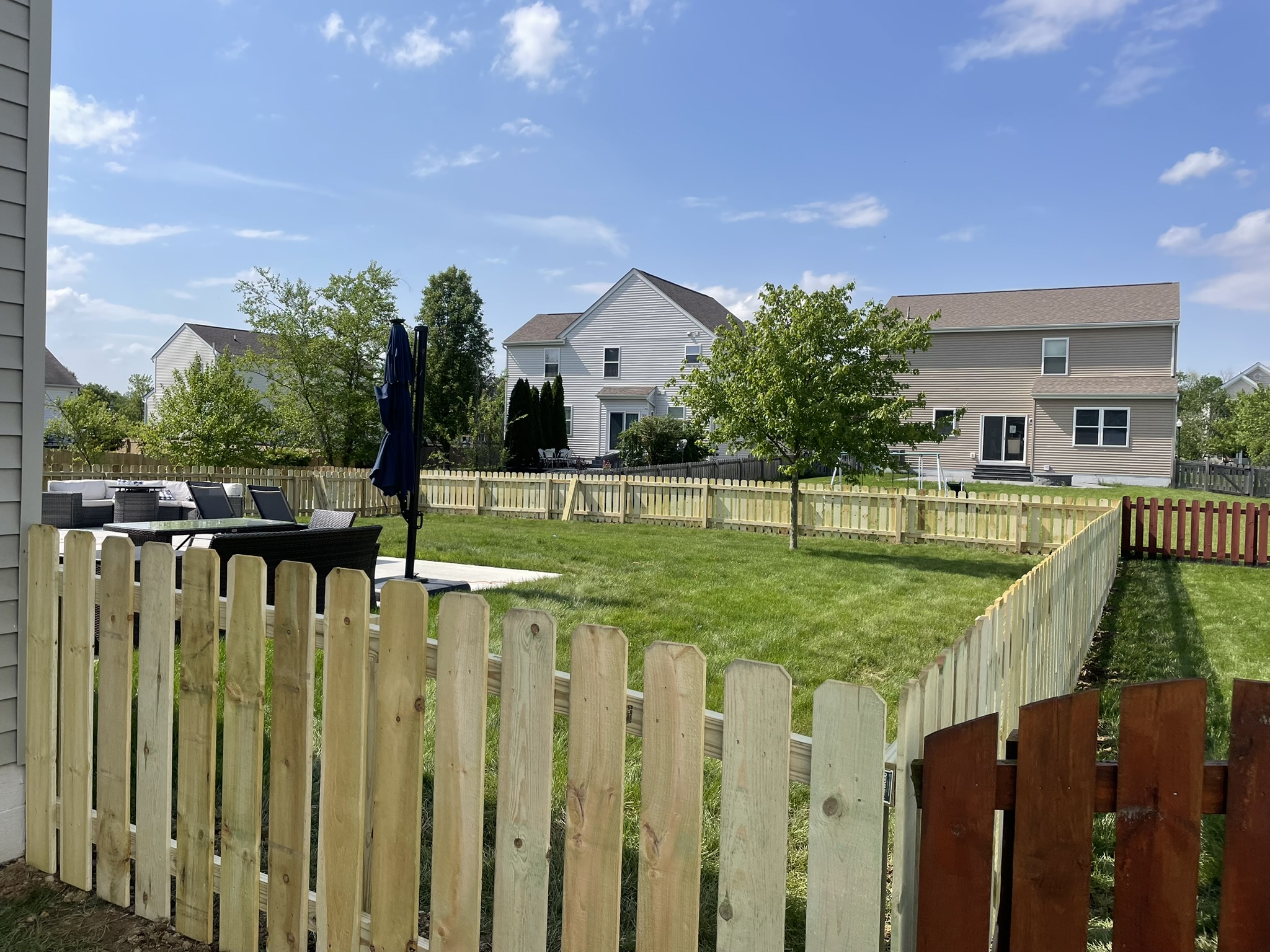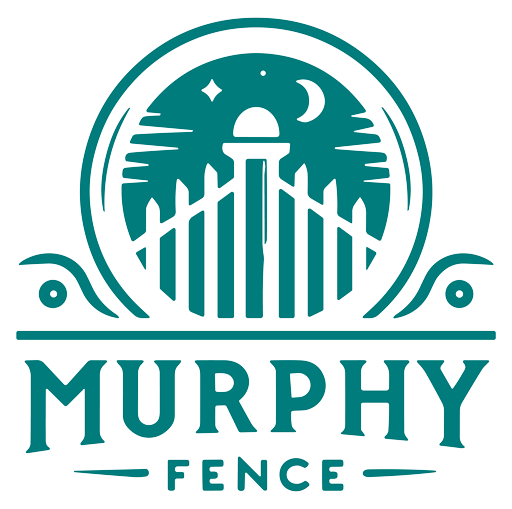The Ultimate Guide to Fence Maintenance and Repair for Central Ohio Homeowners
Is your fence looking a little worse for wear? You’re not alone. Central Ohio homeowners often face the challenge of keeping their fences in tip-top shape amidst changing seasons and weather conditions. But don’t worry, this guide has you covered with practical fence maintenance and repair tips designed specifically for you. Ready to boost your property’s curb appeal and value? Keep reading to transform your fence from drab to fab. And remember, Murphy Fence LLC is here with expert advice and services to help you every step of the way. For more on maintaining your home’s exterior, check out this helpful guide.## Seasonal Fence Maintenance Tips
Central Ohio experiences a variety of weather conditions throughout the year, making seasonal fence maintenance crucial. By tailoring your maintenance efforts to each season, you can ensure your fence remains sturdy and appealing, enhancing your property’s overall value.
Preparing for Winter Weather
Winter can be harsh on fences, causing damage from snow, ice, and freezing temperatures. Start by inspecting your fence for any loose or damaged parts. Tighten screws and replace broken panels to prevent further issues. Apply a weather-resistant sealant to protect the wood from moisture.
-
Trim nearby trees and shrubs to prevent branches from falling and damaging the fence.
-
Clear debris around the fence base to prevent moisture buildup and rot.
-
Check for water pooling near the fence line and address drainage issues to avoid frost damage.
Finally, consider adding support to vulnerable areas, such as gate posts, to withstand heavy snowfall. Being proactive will save time and money on repairs once spring arrives.
Spring Cleaning and Inspection
Spring is the ideal time to clean and inspect your fence after winter’s wear and tear. Start by removing dirt and grime using a power washer or garden hose with a high-pressure nozzle. If needed, use a mild detergent to tackle stubborn stains.
Once the fence is clean, inspect for damage such as cracks, warping, or rust. Address these issues promptly to prevent further deterioration. Replace any broken or missing parts to keep your fence functional and safe.
Check for signs of insect infestation or rot, especially with wooden fences. Treat affected areas with suitable products to protect against further damage. Regular inspections can extend your fence’s lifespan and maintain its appearance.
Common Fence Repair Techniques
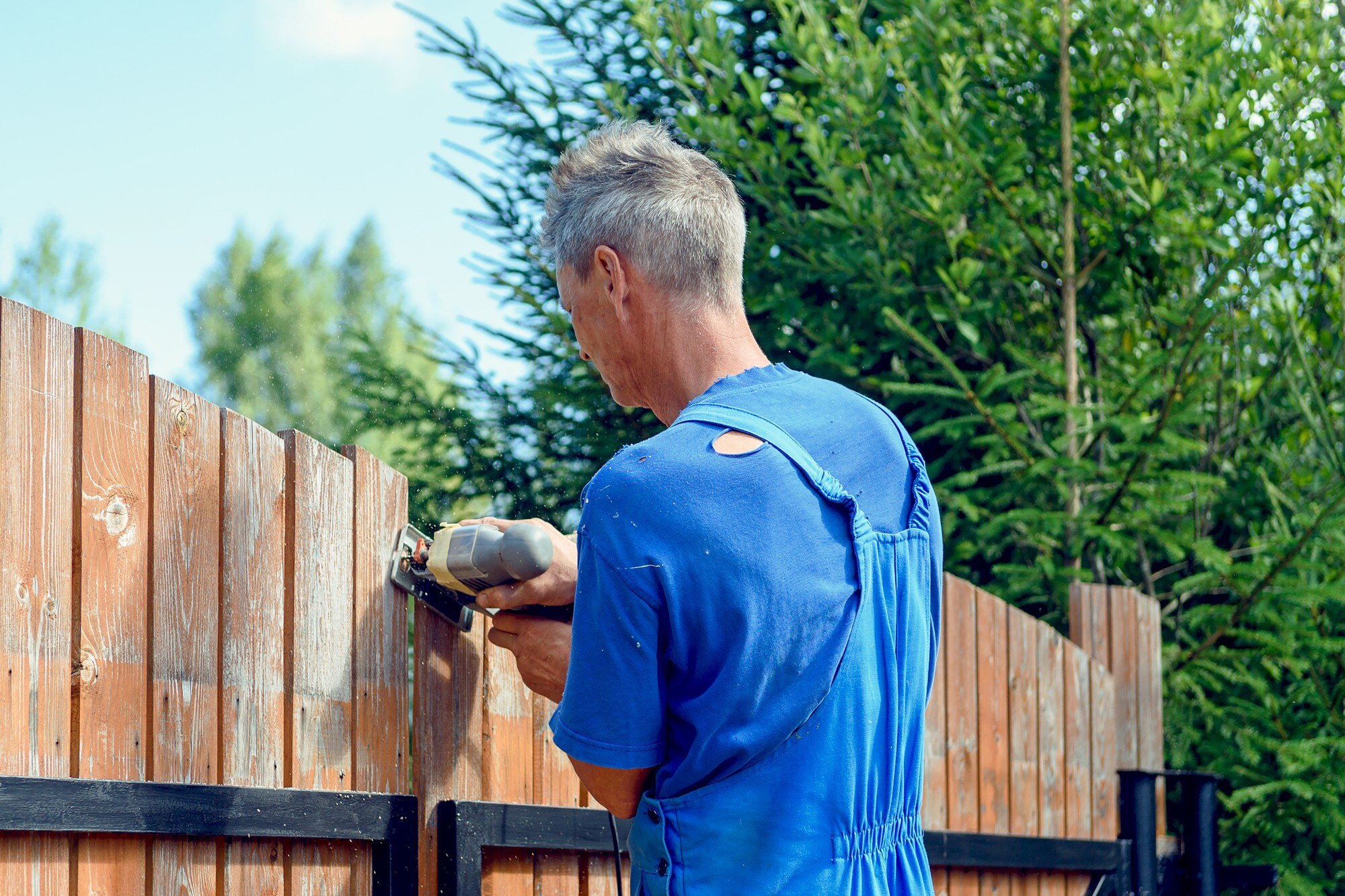
Even with regular maintenance, fences can suffer damage. Learning common repair techniques will help you address issues efficiently, ensuring your fence remains a reliable barrier for your property.
Fixing Broken Panels
Broken panels can compromise your fence’s integrity and appearance. Identify any damaged panels and assess the extent of the damage. If minor, apply wood filler or patching material to fill cracks and holes.
For severely damaged panels, replacement is often the best solution. Remove the damaged panel by unscrewing or prying it from the rails. Measure and cut a new panel to fit, ensuring it matches the existing design. Attach the new panel using screws or nails, aligning it with adjacent sections.
Regularly check for signs of wear and tear to address issues early. This proactive approach minimizes the need for extensive repairs, keeping your fence in top condition.
Addressing Rust and Corrosion
Metal fences are prone to rust and corrosion, which can weaken their structure. Start by inspecting your fence for signs of rust, especially around joints and screws. Use a wire brush or sandpaper to remove rust spots, taking care to reach crevices.
After cleaning, apply a rust-inhibiting primer to the affected areas. Paint with a durable metal paint to protect against future corrosion. This layer acts as a barrier against moisture, slowing rust development.
Regularly inspect your fence to catch rust early. Consider using galvanized screws and fittings for added protection. Proper care and timely intervention can significantly extend your fence’s life.
Enhancing Fence Longevity
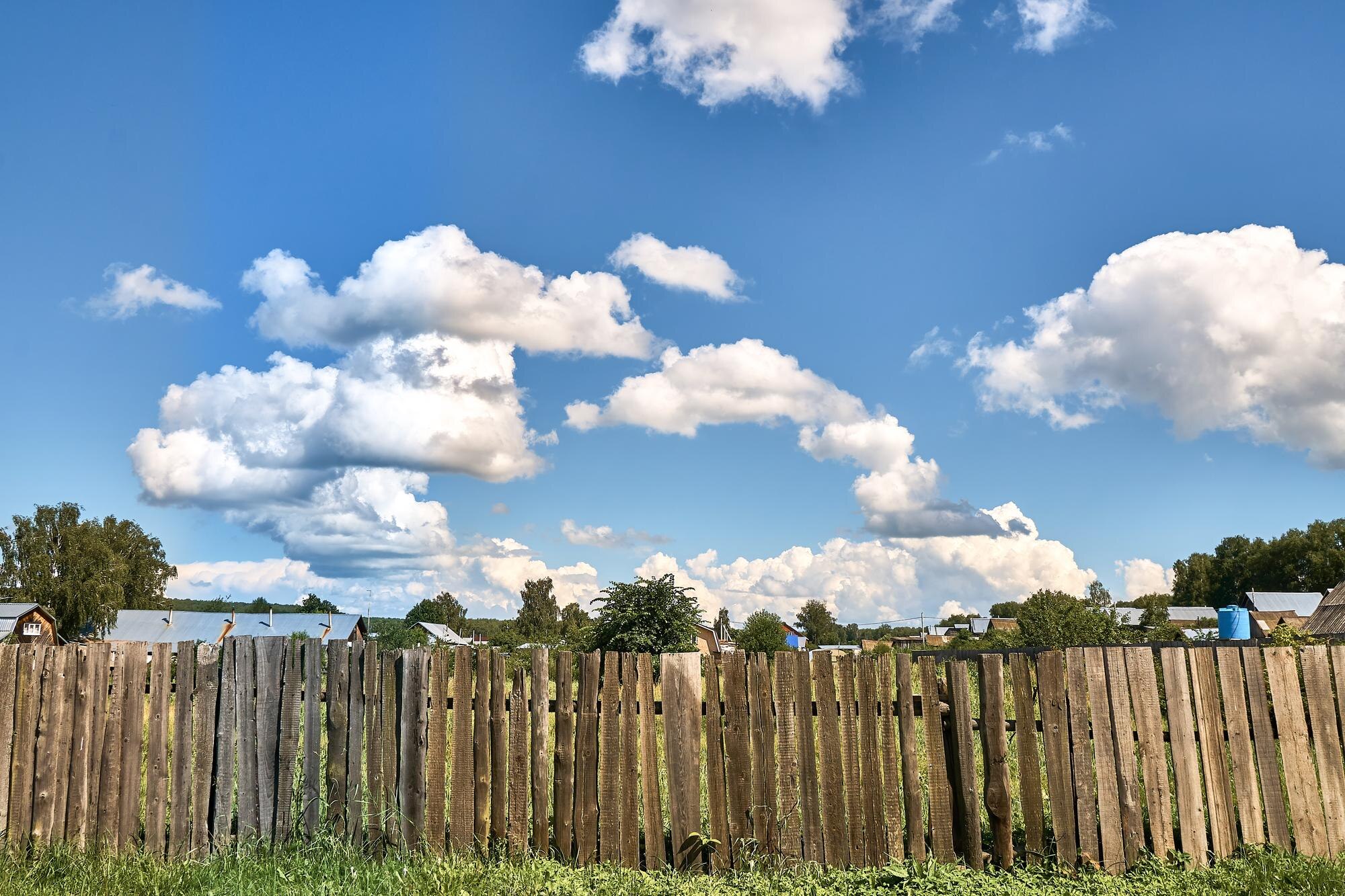
Choosing the right materials and maintaining a regular care schedule can significantly enhance your fence’s longevity. By investing time and effort, you can ensure your fence remains a valuable asset to your property.
Choosing the Right Materials
Selecting the appropriate materials for your fence is crucial for durability and long-term performance. Consider climate and environmental factors when making your choice. For Central Ohio, materials that withstand moisture and temperature fluctuations are ideal.
Wood is a popular option for its aesthetic appeal but requires regular maintenance to prevent rot and insect damage. Vinyl is low-maintenance and weather-resistant, making it a durable choice. Metal fences offer strength and security but may need protection against rust.
Evaluate your budget and maintenance willingness when selecting materials. Investing in quality materials upfront can save time and money on repairs and replacements in the future.
Regular Maintenance Schedule
A consistent maintenance schedule is vital for prolonging your fence’s life. Set reminders for seasonal tasks such as cleaning, inspecting, and repairing. Regularly check for damage and wear to address issues promptly.
-
Clean your fence every spring and fall to remove dirt and debris.
-
Inspect for damage such as cracks, rust, or loose parts.
-
Apply protective treatments like sealants or paint as needed.
By following a regular schedule, you can keep your fence in excellent condition year-round. This proactive approach not only enhances your property’s aesthetic but also ensures safety and security.
For comprehensive guidelines on fence care, refer to the Homeowner’s Guide to Maintenance. Understanding local regulations, such as Ohio’s Line Fence Law, can also offer valuable insights.

